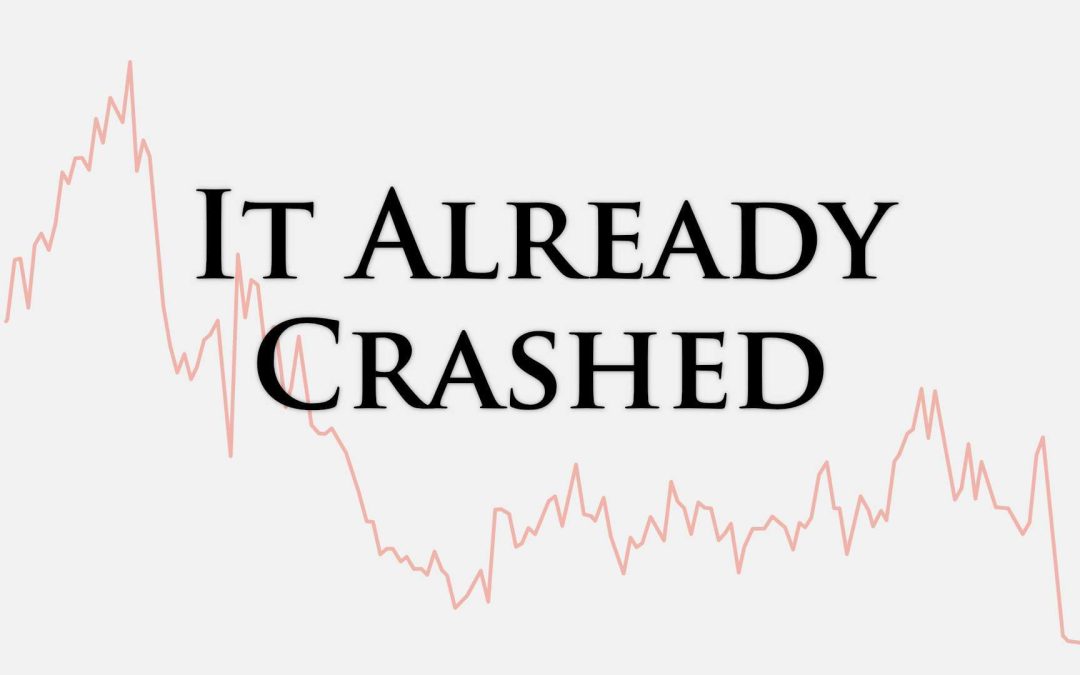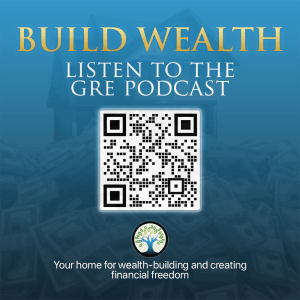The median sales price of existing homes has risen from $294,400 to $363,300 year-over year.
That’s accelerating appreciation at its finest.
People still ask me, “How in the heck did this price runup happen during a recession?”
Yes, factors like historically low interest rates, pandemic-driven supply chain bottlenecks, surging regulatory costs and higher inflation are all strong contributors.
But let’s keep it simple. The epic housing price surge really all comes down to three immutable economic value drivers: scarcity, utility, and demand.
This video shows just how insane the return on investment has been.
1) Scarcity.
This is a housing supply crash, not a price crash.
America has already seen decades of underbuilding.
The number of homes for sale has declined annually since 2014. Homebuilding slowed. Fewer people want to be a carpenter, laborer, framer, or cement mason.
Prior to the pandemic, 1 to 1.5 million homes were actively listed for sale at any given time.
This year, it dropped to a paltry half million. That sharp 50-60% drop is a crash.
Virtually no economist or industry expert believes that supply will be ample for another decade or more.
Earlier this year, the NAR estimated that America is undersupplied by a whopping 6.8 million homes.
2) Utility.
Utility means usefulness.
Well, how could housing possibly get significantly more useful between 2019 and 2021?
After all, a home already meets that most basic and non-discretionary human need of shelter… along with food and safety.
But a pandemic soon meant that the home truly became the center of one’s world.
In 2019, it’s where one: ate, recreated, and slept.
In 2021, now it often also serves as one’s: workplace, Zoom conference room, gym, home school for more at-home kids, and pad for incessant TikTok scrolling.
Fundamentally, its utility increased. This drives point #3.
3) Demand.
Greater utility gave birth to heightened demand. This means bidding wars.
America’s population keeps growing by 1 to 2 million people per year. They will all need to live somewhere.
Millennials are piling on too. They’re the largest generation in American history. Age 25-40, many of these 72 million are just reaching their prime homebuying years.
An asset does not even need all three drivers – scarcity, utility, and demand – to be valuable.
For example, the air that you’re breathing right now is so valuable that you’d die without it in minutes.
Here in the atmosphere, it’s not scarce at all. Yet it only has two of these value drivers – utility and demand.
Real estate has all three.
Nonetheless, property prices cannot continue this torrid growth indefinitely.
They will soon be slowed by either affordability constraints or more people deciding to list their homes once they feel that home-shoppers won’t infect them with the virus.
Scarcity will remain the most persistent of the three value drivers.
This is because solving the supply crash problem requires more than just a homebuilding frenzy.
Thousands of local jurisdictions need to evaluate land use restrictions, zoning laws, and building requirements to ensure that home construction is encouraged, not discouraged.
It’s a long road.
Property will keep appreciating at elevated levels for three reasons – greater scarcity, utility, and demand.
Thought getting your money to work for you creates wealth? It doesn’t! That’s a myth. My one-hour investing video course is now 100% free: Real Estate Pays 5 Ways. For a limited time, you can learn how wealth is really created, here.



